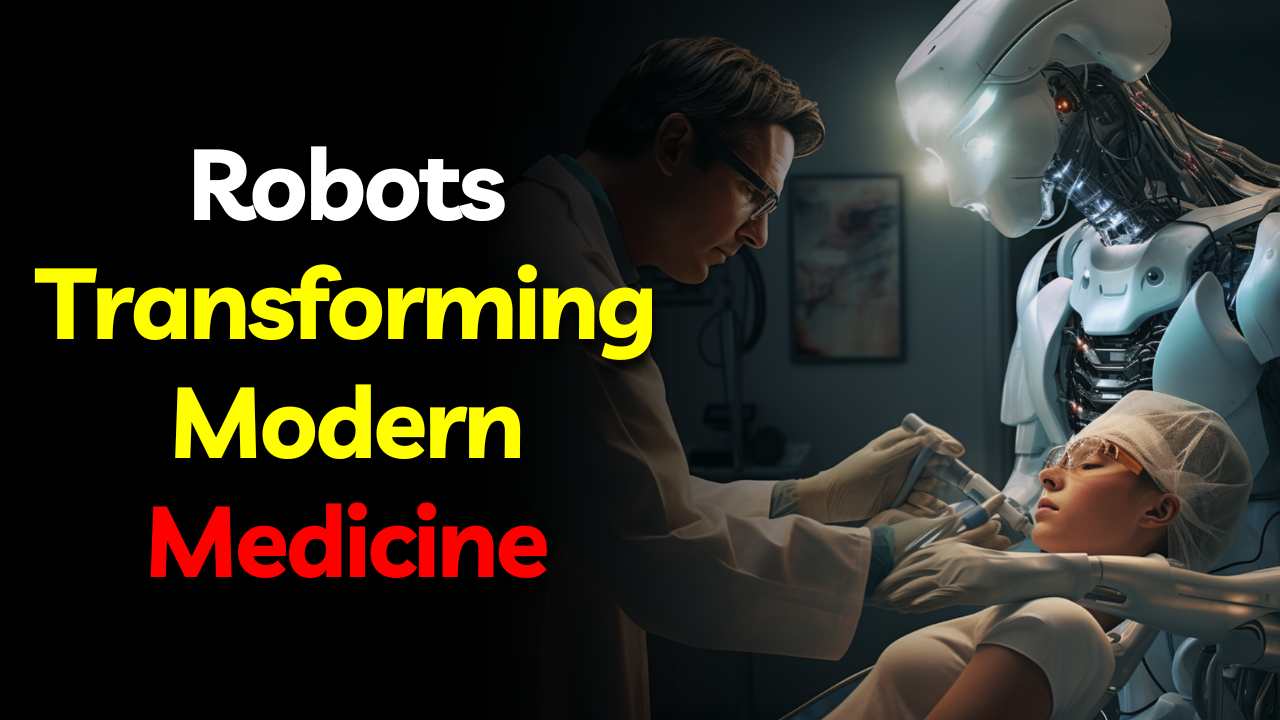In the dynamic landscape of healthcare, robotics emerges as a pioneering force driving transformative changes in patient care and medical practice. From intricate surgeries to personalized rehabilitation, robotics is revolutionizing the diagnostic, treatment, and management aspects of various medical conditions. This article aims to explore the diverse applications of robotics in healthcare and its profound impact on patient outcomes and the future of medicine.
Operated by Robots:

At the forefront of medical innovation, surgical robotics represents a monumental leap in modern healthcare. These advanced systems, exemplified by the da Vinci Surgical System, empower surgeons with unparalleled precision and control during minimally invasive procedures. With enhanced dexterity and 3D visualization capabilities, robotic-assisted surgery offers numerous benefits, including shorter recovery times, reduced blood loss, and improved patient recovery.
Automated Imaging and Diagnostics:

Robotics plays a pivotal role in medical imaging and diagnosis, augmenting the accuracy and efficiency of diagnostic procedures while minimizing patient discomfort and exposure to radiation. Through robotic imaging systems and automated diagnostic tools driven by artificial intelligence, clinicians can analyse medical images and data with remarkable speed and precision, aiding in early detection and informed decision-making.
Physical Therapy using Robotics:

In the realm of rehabilitation and physical therapy, robotics offers tailored treatment solutions for patients recovering from injuries, surgeries, or neurological disorders. Robotic exoskeletons and wearable devices assist patients in regaining mobility and strength, while virtual reality (VR) and augmented reality (AR) technologies create immersive therapy experiences, motivating patients to actively participate in their recovery journey.
Furthermore, robotics facilitates telemedicine and remote patient monitoring, breaking geographical barriers and expanding access to healthcare services. Telepresence robots enable remote consultations and medical rounds, while remote monitoring devices collect vital signs and biometric data, empowering patients to manage chronic conditions and stay connected to their healthcare providers.
In conclusion, robotics holds immense promise in reshaping the landscape of healthcare delivery and improving patient outcomes. By prioritizing patient-centred care, ethical practice, and regulatory compliance, we can harness the full potential of robotics to redefine the boundaries of medical possibility and usher in a new era of health and well-being for individuals worldwide.
Also Read – Automation and Robotics: A Human-Robot Collaboration



